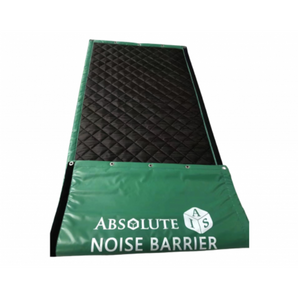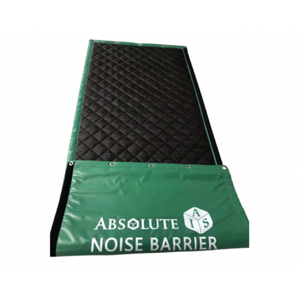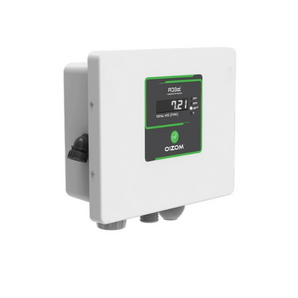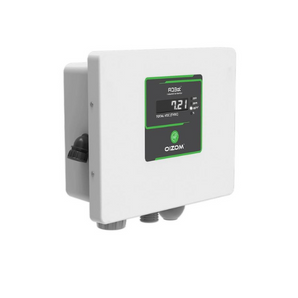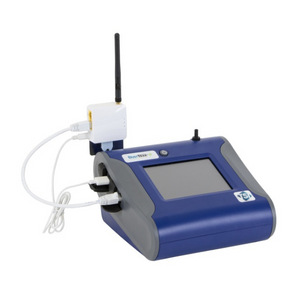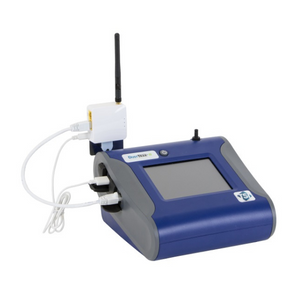Vibration sensor technology is playing a significant role in workplace safety across industrial sectors. From construction to heavy machinery operations, exposure to hand-arm vibration is a silent risk, one that many businesses still underestimate. But with increased scrutiny from regulators and growing awareness of occupational health, monitoring vibration exposure has become a non-negotiable step in any serious safety strategy.
Hand-arm vibration (HAV) and its risks
Hand-arm vibration occurs when workers use power tools or machinery that transmit vibration through the hands and arms. Over time, this can lead to a condition known as Hand-Arm Vibration Syndrome (HAVS), which affects nerves, blood vessels, and joints.
Symptoms often start subtly: numbness, tingling, or a reduced grip, but can progress to permanent disability. In so many places, where industries are increasingly mechanized, long-term vibration exposure is a growing health concern, particularly in construction, shipyards, metalwork, and maintenance.

Regulations and responsibilities in Singapore
Singapore’s Workplace Safety and Health (WSH) Act requires employers to assess and control health risks at work, including those related to vibration. While there is no specific HAVS regulation (yet), the duty of care implied by the WSH Act means that failure to monitor and mitigate these risks can result in legal consequences and reputational damage.
This is where a reliable vibration sensor system becomes indispensable. Without proper monitoring, businesses cannot accurately evaluate the risks their workers face, nor implement effective mitigation strategies.
How a vibration sensor works
A vibration sensor, in simple terms, detects and records the movement or oscillation of a surface, such as the handle of a power tool, over time. In the context of hand-arm vibration, these sensors are typically worn or mounted on the tool and track data like frequency, amplitude, and duration of exposure.
The collected data is then analyzed to determine whether the exposure exceeds safe thresholds, often referencing ISO 5349 guidelines. This information helps safety managers redesign work patterns, rotate workers, or introduce engineering controls to reduce exposure.
Vibration sensor solutions from Absolute Instrument
When it comes to workplace health, precision matters. That’s why Absolute Instruments offers a range of advanced vibration sensor systems designed to meet international standards and deliver actionable data.
Svantek SV 974
A compact, easy-to-deploy sensor that delivers accurate three-axis measurements, the SV 974 is perfect for real-time assessments in dynamic job sites. It complies with ISO 8041 and includes a rechargeable battery and automatic calibration.
Svantek SV103
This wearable personal vibration monitor is ideal for individual exposure assessments. The SV 103 features a triaxial accelerometer integrated into the handle of the tool or glove, making it the most direct and worker-friendly solution for long-term exposure analysis.
Svantek SV 958A
For large-scale projects or more advanced diagnostics, the SV 958A combines four input channels and two outputs, supporting simultaneous vibration and noise assessments. This system is especially valuable for health and safety managers handling multiple worksites.
Each of these vibration sensors is engineered to support regulatory compliance, protect workers, and optimize data collection for better planning and intervention.

Monitoring vibration exposure matters now more than ever
In a rapidly industrializing region like Singapore, proactive vibration monitoring is becoming a standard rather than an exception. Here’s why it matters:
-
Worker Safety: Chronic exposure to hand-arm vibration can result in irreversible damage. Early monitoring prevents long-term disability.
-
Legal Compliance: Demonstrating your commitment to health and safety through data-backed assessments reduces liability and ensures you're audit-ready.
-
Operational Efficiency: Monitoring tools like the SV 974 or SV 103 enable smarter workforce rotation and better tool maintenance, minimizing downtime.
-
Reputation Management: In an era where ESG performance and workplace culture are scrutinized, investing in vibration monitoring shows care, responsibility, and foresight.
A culture of prevention, backed by data
Effective use of vibration sensors isn’t just about following rules; it’s about creating a healthier and more sustainable work environment. Data collected from these instruments empowers managers to take early action, redesign workflows, and even justify investments in quieter or less harmful tools.
More importantly, it fosters a culture of care and accountability, something modern employees increasingly value.
Conclusion
In Singapore’s industrial landscape, ignoring hand-arm vibration is no longer an option due to rising awareness, stronger safety expectations, and accessible technology like the vibration sensor systems from Absolute Instruments, companies now have the tools they need to act, not react.
Whether you're in charge of a construction crew or managing an entire factory floor, the time to prioritize vibration monitoring is now.



